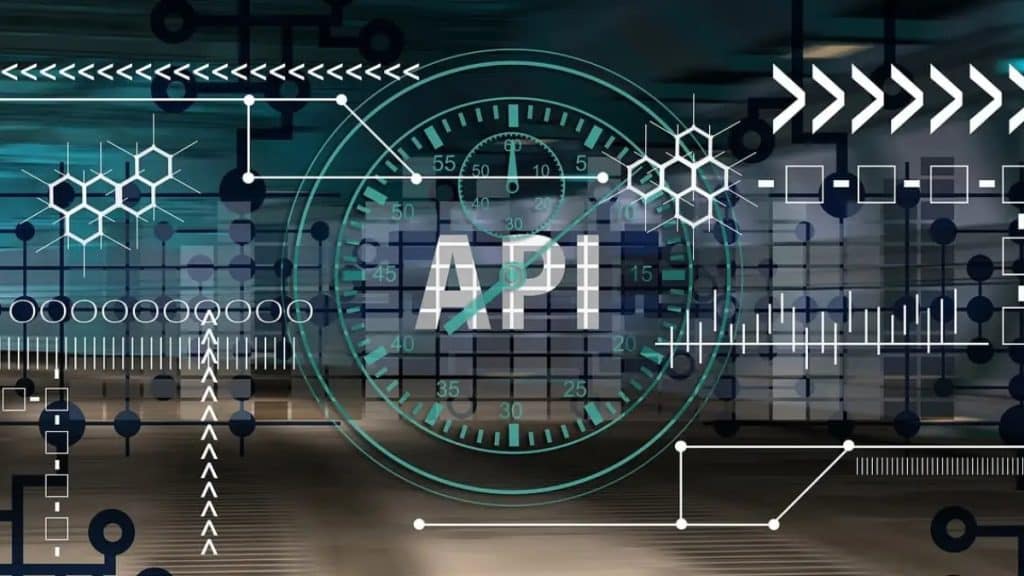In today’s hyperconnected digital world, the ability for different software systems to talk to each other seamlessly is no longer a luxury—it’s a necessity. From startups automating their lead generation to enterprise teams synchronizing massive customer datasets, the demand for fluid, efficient integration is at an all-time high.
At the center of this quiet revolution lies one transformative technology: public API.
What Are Public APIs?
A public API (Application Programming Interface) is a set of rules and protocols that allows third-party developers to access features or data of a service, application, or platform. Unlike private APIs, which are used internally by a company, public APIs are made available to outside developers and users, often with documentation and support.
Think of public APIs as universal adapters. They allow software tools—often from completely different vendors or ecosystems—to plug into each other and function cohesively.
Why Are Public APIs So Important?
APIs are not new. But their role has shifted from optional to essential.
Companies no longer build entire tech stacks from scratch. Instead, they integrate with best-in-class tools via APIs to create tailored workflows. Here are a few key reasons why public APIs are increasingly valuable:
- Automation of Manual Processes
Tasks like lead capture, report generation, and client follow-ups can be automated by connecting tools using public APIs. - Data Syncing Across Platforms
With APIs, data no longer lives in silos. Information can be pushed or pulled between CRMs, chat tools, spreadsheets, and dashboards in real-time. - Faster Product Development
Developers can build on top of existing tools rather than reinventing the wheel. This accelerates innovation and reduces time to market. - Cost Efficiency
By using APIs to tap into existing functionality, businesses save on development and operational costs.
Real-World Example: Communication Workflows
Consider a sales team using WhatsApp for client communication. As leads come in and conversations happen, it becomes vital to keep these messages connected to the CRM or other internal tools.
Without integration, the team is stuck with tedious copy-pasting or risks losing important customer context. But with a robust public API, these messages can be automatically synced to a CRM, tagged, organized, and even trigger internal actions like task assignments or email follow-ups.
This is exactly where platforms like TimelinesAI come into play.
Spotlight: TimelinesAI and Its Public API
TimelinesAI is a powerful communication management tool that helps teams organize and centralize WhatsApp messages. Whether you’re managing a customer support team, a real estate agency, or a global sales force, TimelinesAI can transform how your team collaborates on client conversations.
With the introduction of its public API, TimelinesAI has opened the door for businesses to deeply integrate WhatsApp communication into their existing systems.
Here’s what businesses can now do using the TimelinesAI Public API:
- Automatically sync WhatsApp messages with CRMs like HubSpot, Zoho, or Salesforce.
- Create custom alerts, dashboards, or analytics tools using real-time message data.
- Trigger workflows or actions (e.g., follow-up tasks, status updates) based on message content.
- Centralize communications across multiple numbers or agents.
This API removes the friction from managing customer interactions across platforms and empowers companies to scale communication workflows without losing context.
Best Practices for Using Public APIs
To get the most out of public APIs—whether from TimelinesAI or any other platform—consider the following tips:
- Read the Documentation Thoroughly
A well-documented API is like a detailed instruction manual. Understand the endpoints, parameters, authentication method, rate limits, and error codes. - Start Small and Scale
Begin with simple automation like pulling data from one platform to another. Once you’re comfortable, build more complex integrations. - Monitor and Log Everything
Keep track of API calls, responses, and failures. Logging helps in debugging and ensuring reliable operations. - Ensure Security
Use secure API keys, follow OAuth standards where available, and never expose credentials in your code. - Test in a Sandbox Environment
Many platforms offer sandbox or test environments to safely experiment before going live.
Industries Benefiting Most from Public APIs
Public APIs are being used across nearly every industry, but some of the biggest adopters include:
- E-commerce: APIs help connect inventory systems, payment gateways, and customer service tools.
- Healthcare: Patient data integration across hospitals and wearable tech.
- Finance: Banking APIs power fintech apps and real-time transaction monitoring.
- Real Estate: Syncing property listings, client messages, and CRM tools.
And perhaps most exciting is how SMBs (Small and Medium Businesses) are now using APIs to compete with much larger enterprises by building customized, lean tech stacks without needing huge budgets.
Final Thoughts
Public APIs are no longer the secret sauce of elite tech companies—they’re the everyday toolkit for modern businesses of all sizes. Whether it’s syncing conversations, automating workflows, or enriching analytics, APIs are the invisible threads holding the digital world together.
For companies looking to elevate their customer communication and integrate WhatsApp into their business ecosystem, the TimelinesAI public API is a must-explore solution. It’s flexible, developer-friendly, and ready to empower the next generation of communication-driven businesses.
